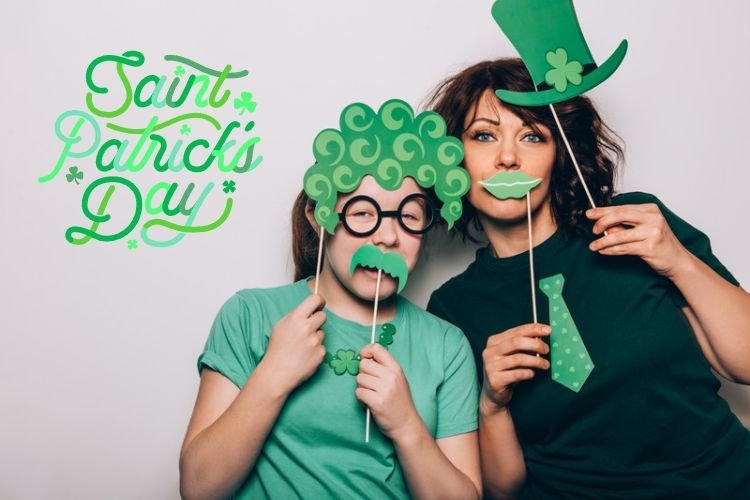
St. Patrick's Day

Why do we Celebrate St. Patrick's Day
Why do we wear Green?
The fact that Ireland is an island—as well as green with leafy trees and grassy hills—means that the nation is sometimes called the Emerald Isle. But the color that people originally associated with St. Patrick was blue! (Some ancient Irish flags even sport this color.) Green was finally introduced to St. Patrick’s Day festivities in the 18th century, when the shamrock (which is, of course, green) became a national symbol. Because of the shamrock’s popularity and Ireland’s landscape, the color stuck to the holiday.
Green is also the color that mythical fairies called leprechauns like to dress in—today, at least. But tales about leprechauns date back to before green was in: The fairies were first described as wearing red.


Why is St. Patick's Day, always March 17?
The luck of the Irish and all things green are celebrated on St. Patrick’s Day, which is on March 17 every year. Initially, a day to honor St. Patrick, the patron saint of Ireland, over time the holiday has evolved into a fun and festive celebration of Irish culture.
